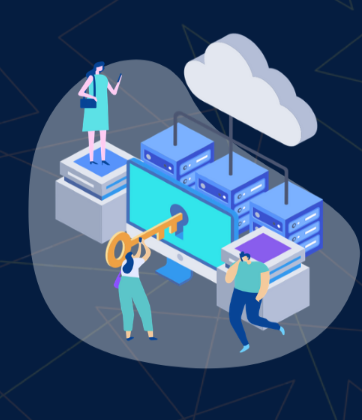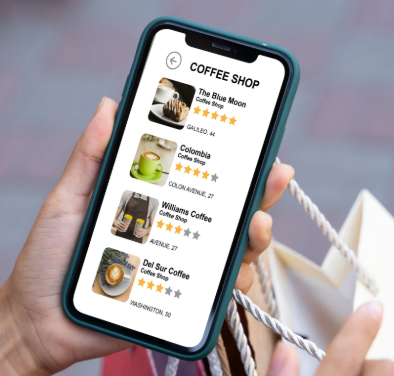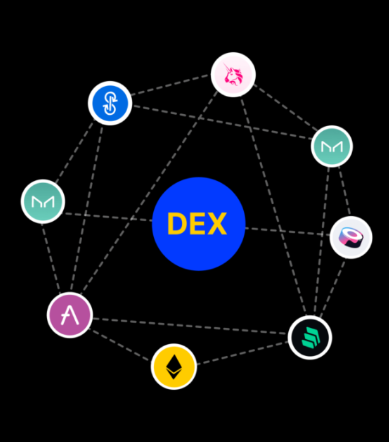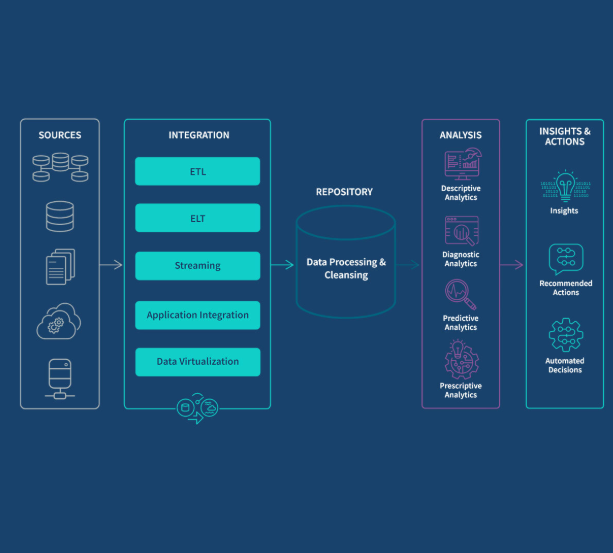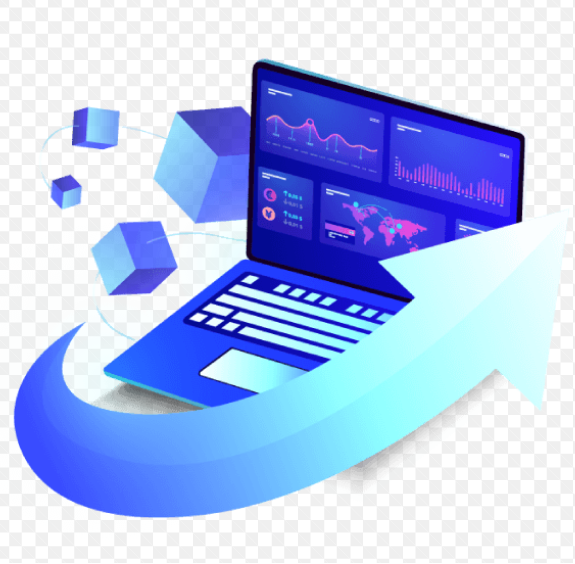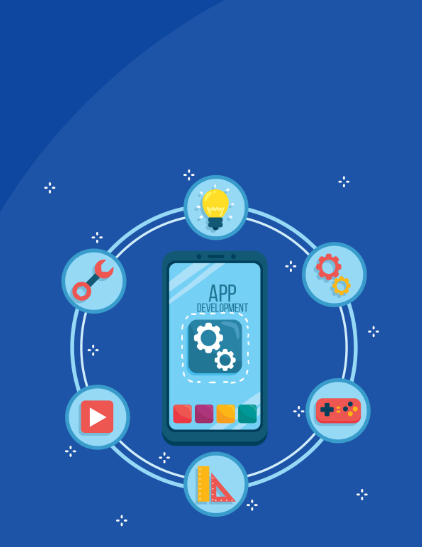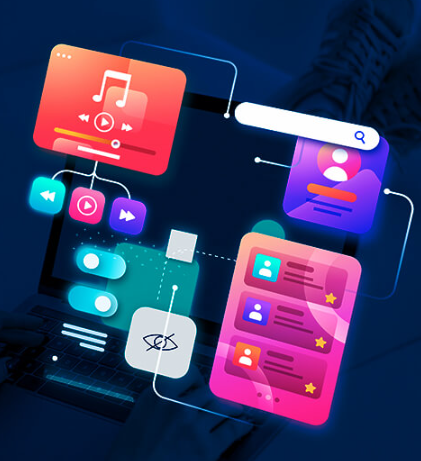
On-demand apps have revolutionized the way businesses provide services. These apps allow customers to request services or products instantly, creating a seamless and efficient experience that saves time for both consumers and service providers. From Uber to DoorDash, these apps act as intermediaries, connecting users with service providers, and often charging a service fee for the convenience. In this blog, we’ll explore the features that make up an on-demand service app, the costs involved, and the benefits businesses can gain from investing in such technology.
What is On-Demand App Development?
On-demand app development refers to the process of creating applications that allow users to request services or products on-demand through their smartphones or other devices. These apps function by connecting users with service providers, often in real-time. Examples include food delivery services, ride-sharing apps, and online marketplaces. The app acts as a bridge between the service provider and the customer, often charging a fee for connecting both parties. On-demand service apps have become essential in various industries, including healthcare, freelancing, logistics, and education.
Key Features of On-Demand Service Apps
Building a successful on-demand app involves catering to the needs of customers, service providers, and administrators. The features that make up an on-demand app should cater to all these parties while ensuring smooth functionality. Let’s break down the essential features:
1. Customer App Features
The customer-facing application is where the user interacts with the service. Here are some must-have features:
- Real-Time Booking: Customers can book services instantly with live availability.
- GPS Tracking: Users can track their orders or service providers in real time, with updates on ETAs and routes.
- In-App Payments: Integrated payment gateways to make transactions smooth, supporting various payment methods.
- Push Notifications: Alerts about bookings, promotions, or reminders.
- Search Filters & Ratings: Users can search for service providers based on various criteria and read reviews.
- Multilingual Support: Allows for broader accessibility in global markets.
- Live Chat Support: Customers can reach out to service providers for assistance.
2. Service Provider App Features
The service provider app helps manage tasks, scheduling, and payments. Key features include:
- Job Matching: Automatically assigns service requests based on availability and location.
- Scheduling: Allows providers to set availability and manage working hours.
- Earnings Dashboard: Tracks income and offers insights into earnings over time.
- In-App Navigation: Built-in GPS guides service providers to the customer’s location.
- Ratings & Feedback: After completing services, customers can rate providers, encouraging better service.
- Document Upload: Service providers can upload necessary documents like identification or certifications.
3. Admin Panel Features
The admin panel provides oversight and management of both customer and service provider sides:
- User Management: Admins can add, verify, and manage users (both customers and providers).
- Live Monitoring: Real-time tracking of services, deliveries, and bookings.
- Automated Dispatch: Automatically assigns service requests based on predefined rules.
- Dynamic Pricing: Adjusts pricing based on demand, location, and other factors.
- Promotions & Offers: Admins can manage discounts and promotions for both customers and service providers.
- Analytics Dashboard: Tracks business performance, revenue, and user engagement.
- Dispute Resolution: Manages complaints and resolves disputes between customers and service providers.
Business Benefits of On-Demand Service Apps
Investing in an on-demand app can significantly enhance a business’s reach and operational efficiency. Here are some of the key benefits:
1. Improved Customer Satisfaction and Loyalty
By offering a seamless, convenient experience, on-demand apps boost customer satisfaction. Customers are more likely to return to a service they can easily access and depend on, improving retention and brand loyalty.
2. Revenue Growth
On-demand apps open up multiple revenue streams, from subscription fees to transaction-based charges and advertisements. The convenience and accessibility of on-demand services make it easier for businesses to generate consistent income.
3. Increased Value Proposition
Businesses that start with one service can use customer loyalty to introduce additional offerings. By continuing to provide high-quality services, businesses can scale their offerings and generate more revenue per customer.
4. Access to a Larger Market
An on-demand app expands a business’s reach by providing services to a wider customer base. The ease of use and word-of-mouth promotion can quickly build a large customer network, much like Uber’s ubiquitous presence.
5. Scalability
On-demand apps provide the flexibility to start with a single service and scale up to a full marketplace. This adaptability offers long-term growth potential across various industries like healthcare, education, and logistics.
Cost of Developing an On-Demand Service App
The cost of developing an on-demand app can vary based on several factors, including the complexity of the features, the platform (iOS, Android, or both), and the industry. Generally, the development cost can range from $30,000 to $100,000 or more, depending on these factors. Additional expenses may include design, marketing, and maintenance.
Use Cases for On-Demand Service Apps
On-demand apps can be used in a wide variety of industries. Some of the most common use cases include:
- Healthcare: Apps offering doctor consultations and medication delivery.
- Food Delivery: Apps that connect users to local restaurants and food services.
- Grocery Delivery: On-demand services that allow customers to order groceries and have them delivered to their doorstep.
- Hotel Bookings: Platforms that allow customers to book hotel rooms in real-time.
- Handyman Services: Apps connecting customers with professionals for home repairs or maintenance.
- Ride-Hailing: Popular platforms like Uber and Lyft, where users can book rides in real time.
- Laundry Services: Apps that schedule and track laundry pick-up and delivery.
Conclusion
On-demand service apps are an invaluable asset for businesses that want to stay competitive in today’s fast-paced market. By offering instant access to services, businesses can significantly improve customer satisfaction, generate consistent revenue, and reach new audiences. When planning your on-demand app development, ensure that you include the essential features and focus on providing a seamless experience for both customers and service providers. With the right app, businesses can thrive and grow in any industry.


